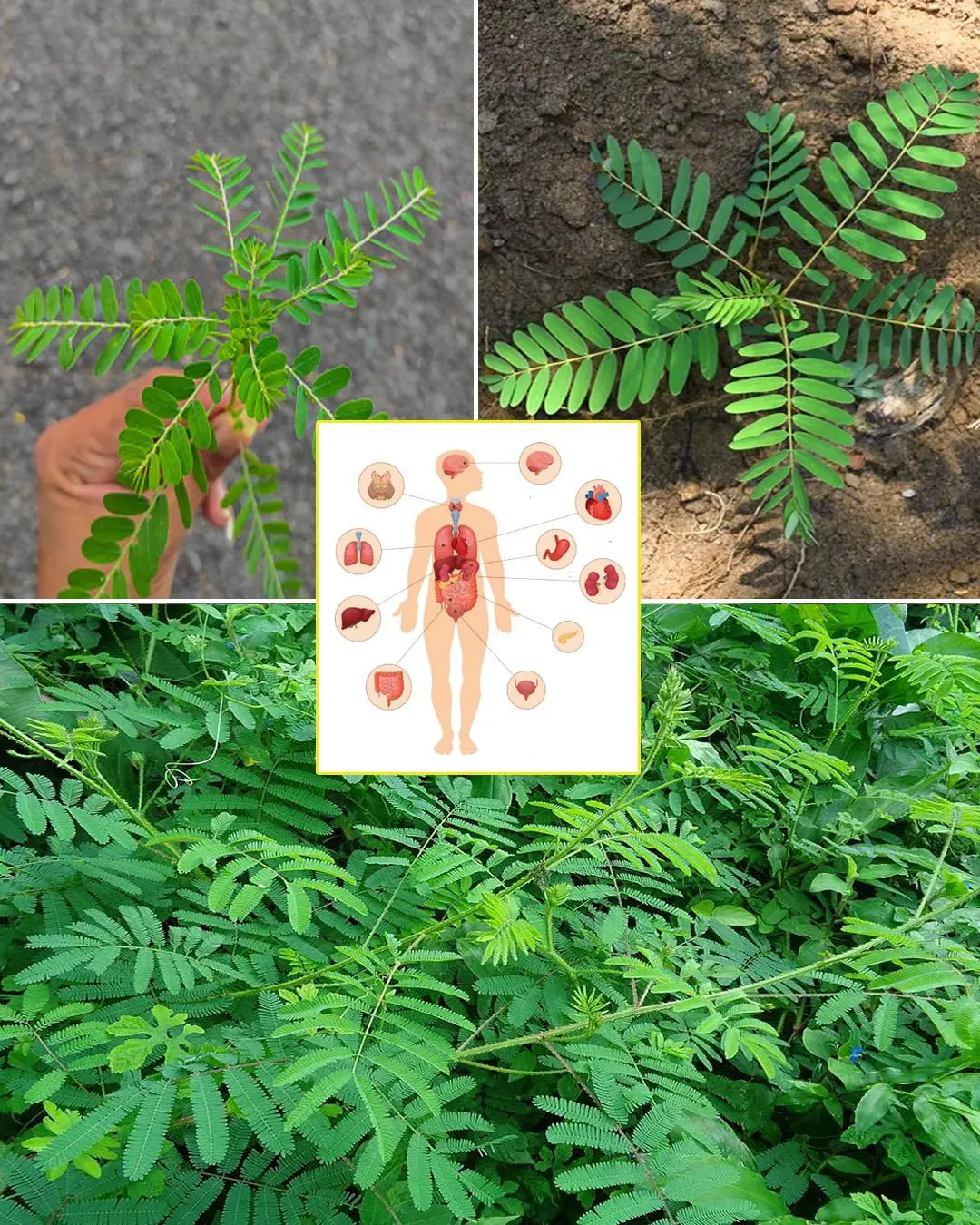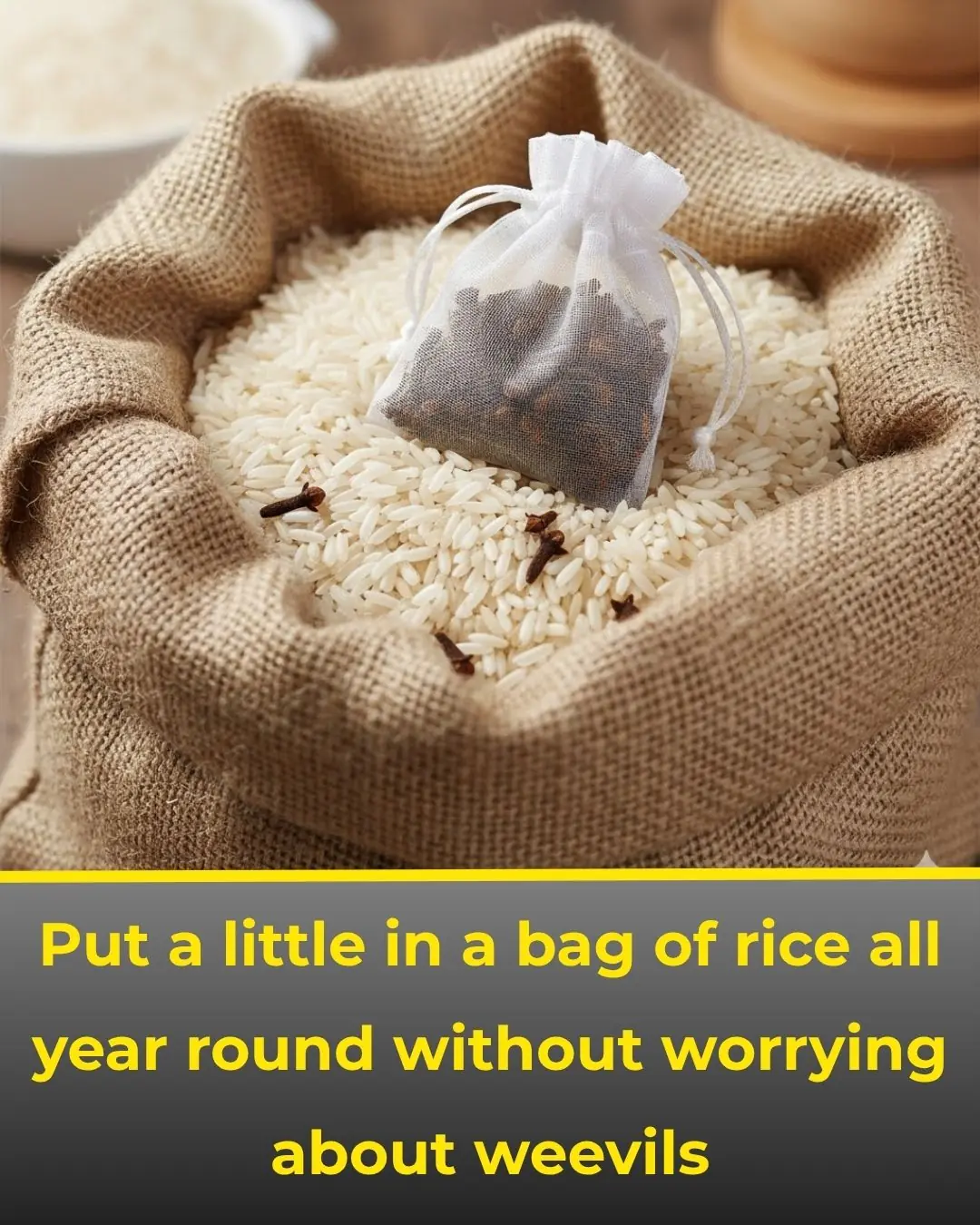
8 instant, drug-free ways to stop motion sickness — rewritten, expanded and evidence-backed
If you get queasy on cars, boats or planes, the Vietnamese piece you shared lists several traditional fixes. Below is a clear English rewrite of those tips with about 20% more content, plus supporting notes from health authorities and scientific studies so you know what’s proven, what’s traditional, and what to avoid.
Quick summary — what helps most (short answer)
Simple steps you can try right now: sit where there’s least motion, get fresh air, look at the horizon, nibble plain food or ginger, try acupressure on the P6 point or a wrist band, and use citrus/peppermint aroma for some people. These non-drug measures are recommended by major health bodies and have some supporting evidence. (NHS; Mayo Clinic; CDC). nhs.uk+2Mayo Clinic+2
1) Smell citrus peels (orange / tangerine / lemon) — a reasonable, low-risk trick
The original article suggests carrying a tangerine peel and sniffing it when you feel queasy. Aromas like lemon or orange can reduce nausea for some people — clinical studies have found inhaling citrus vapour or lemon essential oil can help postoperative or chemotherapy-related nausea, and many travellers report relief. It’s inexpensive, safe and worth trying if the scent soothes you. (Lemon aromatherapy studies; small clinical trials). PMC+1
2) Bread or plain crackers — small starchy snacks help settle the stomach
Smelling or nibbling plain bread/crackers is a traditional remedy mentioned in the Vietnamese post. Plain, dry carbohydrates can settle the stomach and reduce nausea (they absorb stomach acid and give a mild, easy source of energy). Health sites commonly recommend plain crackers as first-line comfort food for nausea. (Mayo Clinic). Mayo Clinic
3) Drink or chew ginger — supported by evidence
Ginger (tea, candied ginger, chews or capsules) is one of the most consistently useful non-drug remedies for nausea, including motion sickness. Try a small cup of weak ginger tea or a ginger lozenge about 20–30 minutes before travel. It’s generally safe for most people and is recommended by Mayo Clinic and NHS as a practical option. (Mayo Clinic; NHS). Mayo Clinic+1
4) Betel leaf (lá trầu) — traditional, limited evidence
The article suggests sniffing or placing crushed betel leaves near the abdomen (over the navel) to warm the area. This is a traditional remedy in some cultures. There is little modern clinical evidence for this specific method; if it’s comforting and causes no skin irritation, it’s low risk — but it should be seen as folk practice rather than a proven therapy. (Traditional practice; no strong clinical trials). Tạp Chí Đời Sống
5) Choose the best seat and fix your gaze — a very effective behavioural trick
Where you sit matters: in cars, sit in front or next to the driver; on buses/planes, choose a window seat and look forward; on boats, stay on deck and face the horizon. Fixing your eyes on a stable, distant point helps the brain reconcile the mismatch between inner-ear motion signals and visual cues — the core cause of motion sickness. Health authorities recommend this as a primary self-care step. (NHS; CDC). nhs.uk+1
6) Try acupressure / P6 point (or a wrist band) — evidence supports mild benefit
Pressing the P6 (nèiguān) point on the inner wrist or wearing an acupressure wristband (Sea-Band) can reduce nausea in many people. Cochrane reviews and clinical trials show P6 stimulation helps postoperative and travel-related nausea more than sham controls in some settings. It’s safe, inexpensive and non-pharmacological. (Cochrane/clinical P6 studies). PMC+1
7) Avoid certain foods and drinks before travel — practical and evidence-based
The Vietnamese article warns against eating lychee/very sweet fruit, raw egg yolk, soy milk, very greasy/large meals, alcohol, durian and gas-filled drinks before travel. The evidence-based part of that advice is to avoid heavy, fatty or very spicy meals and gas-producing drinks before a trip — they commonly worsen nausea and bloating. Also avoid excess alcohol and very sugary drinks, which can make you more uncomfortable. (NHS; CDC). nhs.uk+1
8) Pressure point massage (wrist and “Hegu”) — how to do it
The article gives step-by-step instructions for pressing the P6 (inner wrist) and Hegu (between thumb and index finger) points. A simple method: place three fingers across the inside of your opposite wrist so your index finger rests on P6, then press for 30–60 seconds. Many people find this reduces nausea quickly; clinical trials support P6 stimulation for short-term relief. (Clinical P6 studies). PMC+1
Extra, evidence-based tips (added content — the +20% you asked for)
-
Fresh air & breathing: Open a window and take slow, deep breaths — oxygen and calmer breathing help for many people. (NHS). nhs.uk
-
Hydration & cold sips: Small sips of cold water or a fizzy-free sour drink can help. Avoid large gulps. (Mayo Clinic). Mayo Clinic
-
Distract gently: Soft music, an audiobook or light conversation can lessen attention to nausea (recommended for children). (NHS). nhs.uk
-
Aromatherapy alternatives: Peppermint and lemon/ orange aromas help some people; trials are mixed but many travellers report benefit. Try a sniff of a citrus peel or a peppermint lozenge. (Lemon/orange aromatherapy trials). PMC+1
-
When non-drug measures fail: over-the-counter antihistamines (dimenhydrinate, meclizine) or a prescription scopolamine patch are effective — speak to a pharmacist or doctor about suitability and side effects (drowsiness, dry mouth). These are medications, so consult a clinician if you prefer pill/patch options. (NHS; Patient.info). patient.info+1
Safety notes and what to avoid
-
Don’t insert garlic or other items into your nose (viral social trends are risky) — ENT specialists warn this can irritate and damage the mucosa. (ENT guidance). PMC
-
If a child, elderly person or someone with heart/lung conditions is severely vomiting or dehydrated, seek medical help. (CDC/Mayo Clinic). wwwnc.cdc.gov+1
-
If you use herbal remedies (ginger, peppermint), check interactions if you’re on anticoagulants or other medicines. (Drug-herb interaction guidance). Mayo Clinic Health System
News in the same category

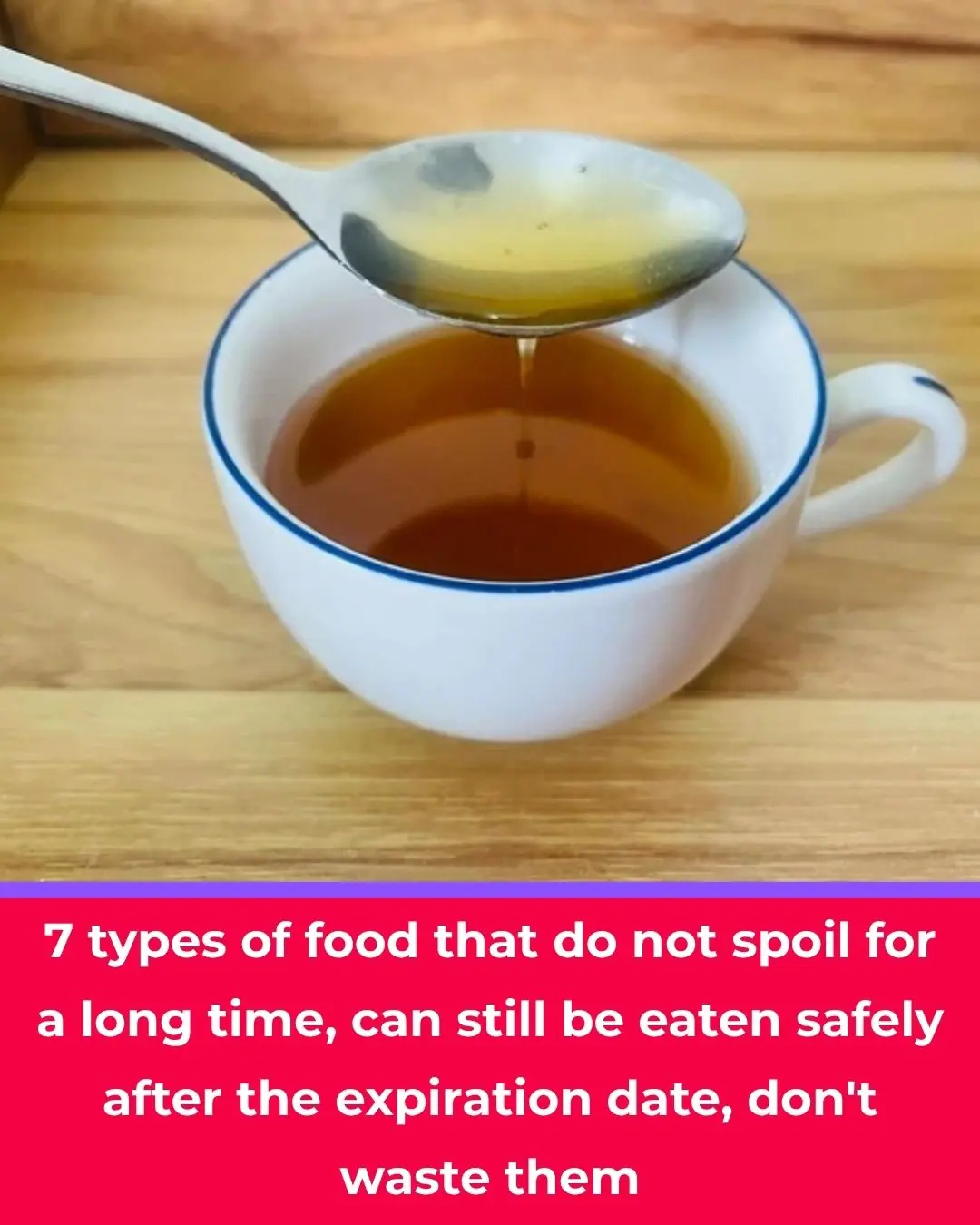
7 pantry items that really don’t spoil — and how to store them so they stay great
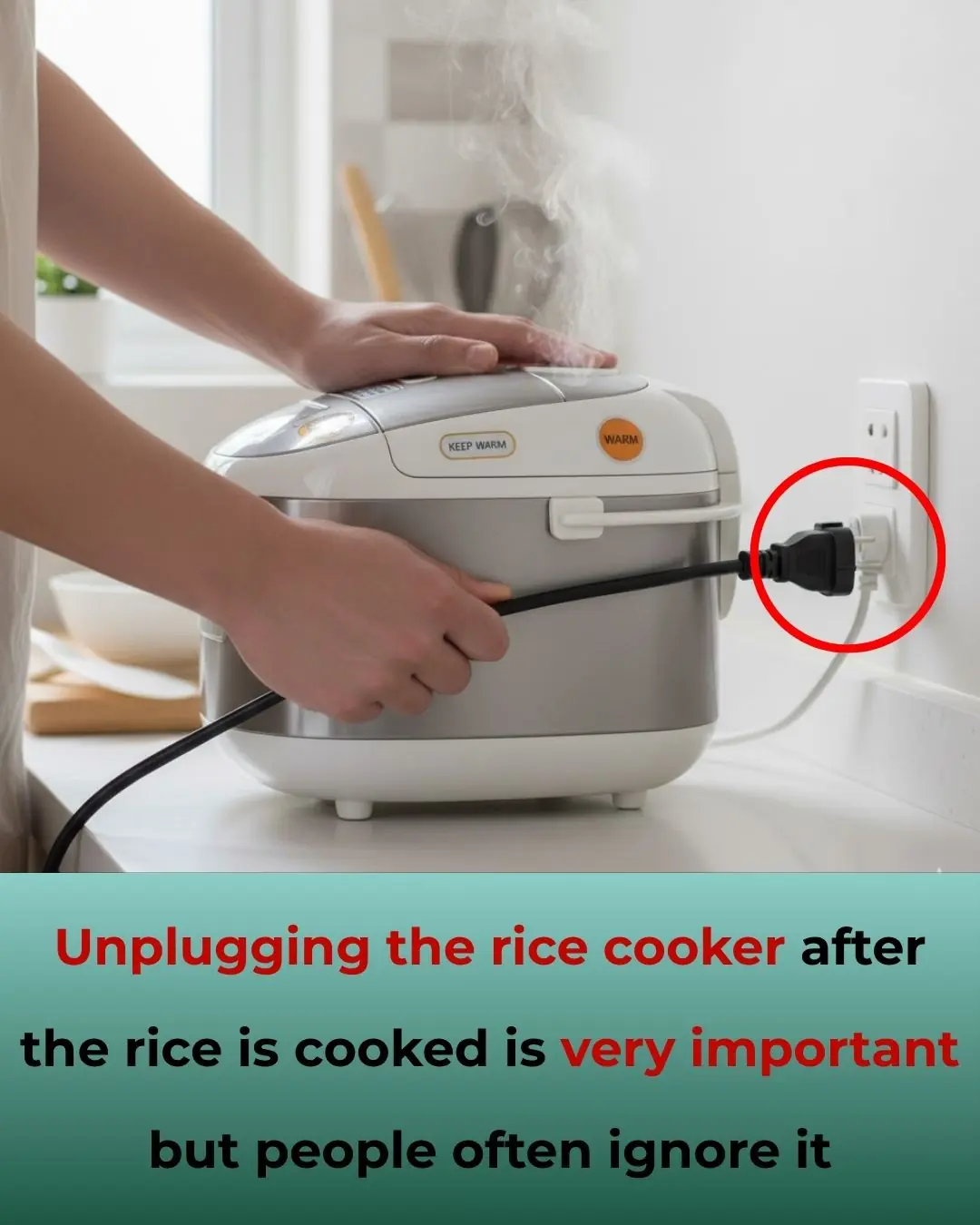
Do you need to unplug the rice cooker after the rice is done? — an expanded, evidence-backed guide
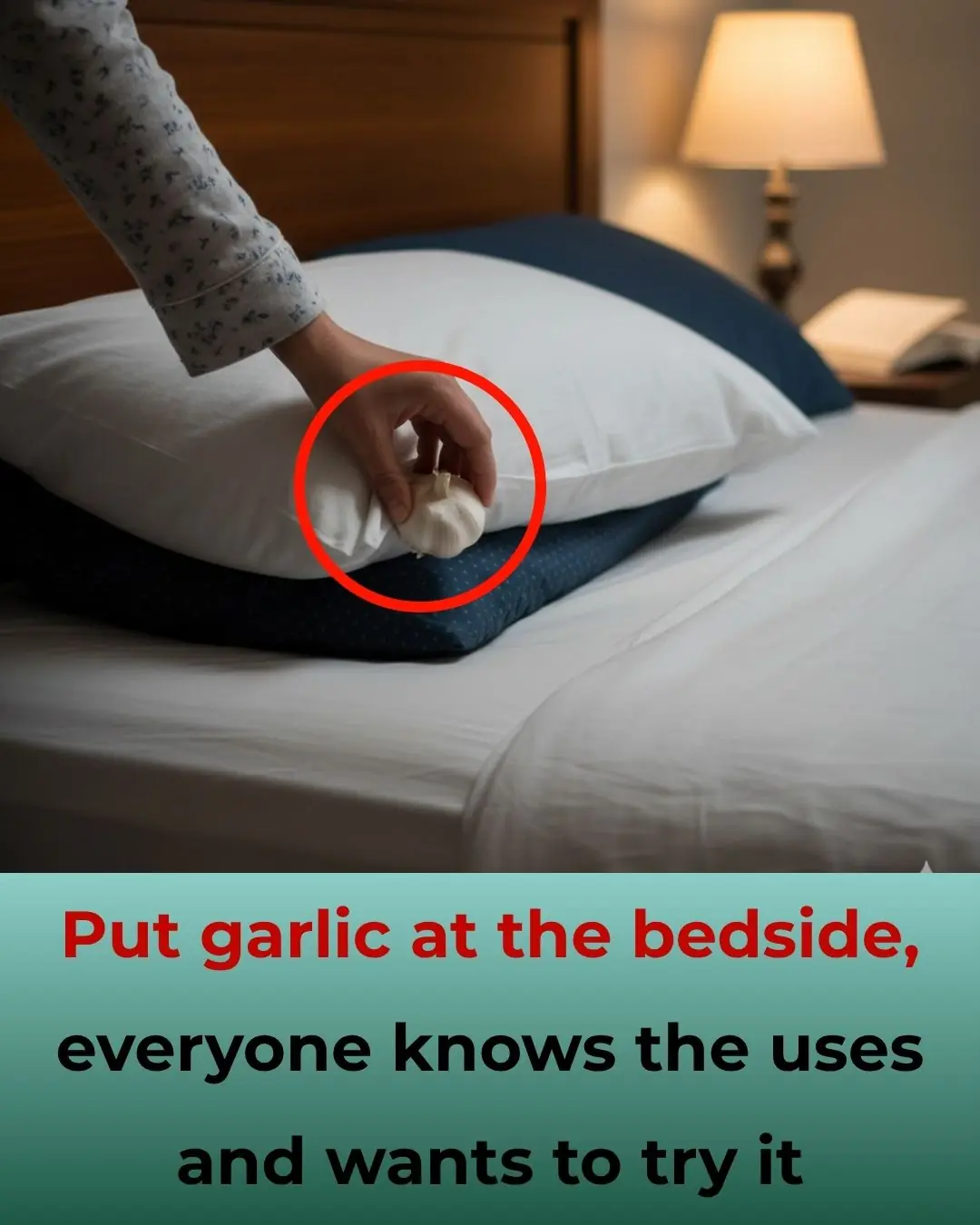
Put a clove of garlic by your pillow? Here’s what the tradition actually does — and what science and doctors say
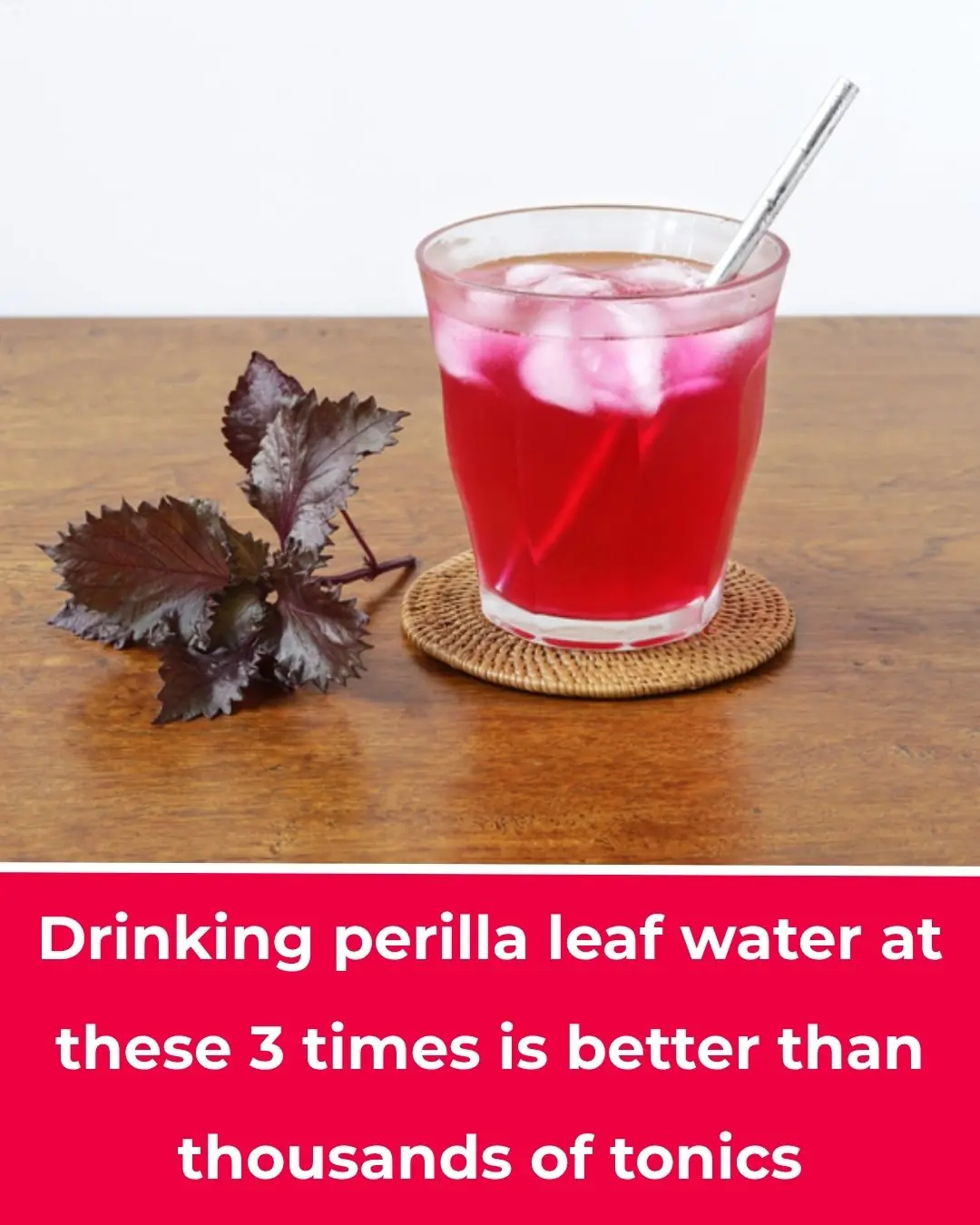
The 3 best times to drink perilla leaf tea — and what science and safety advice say
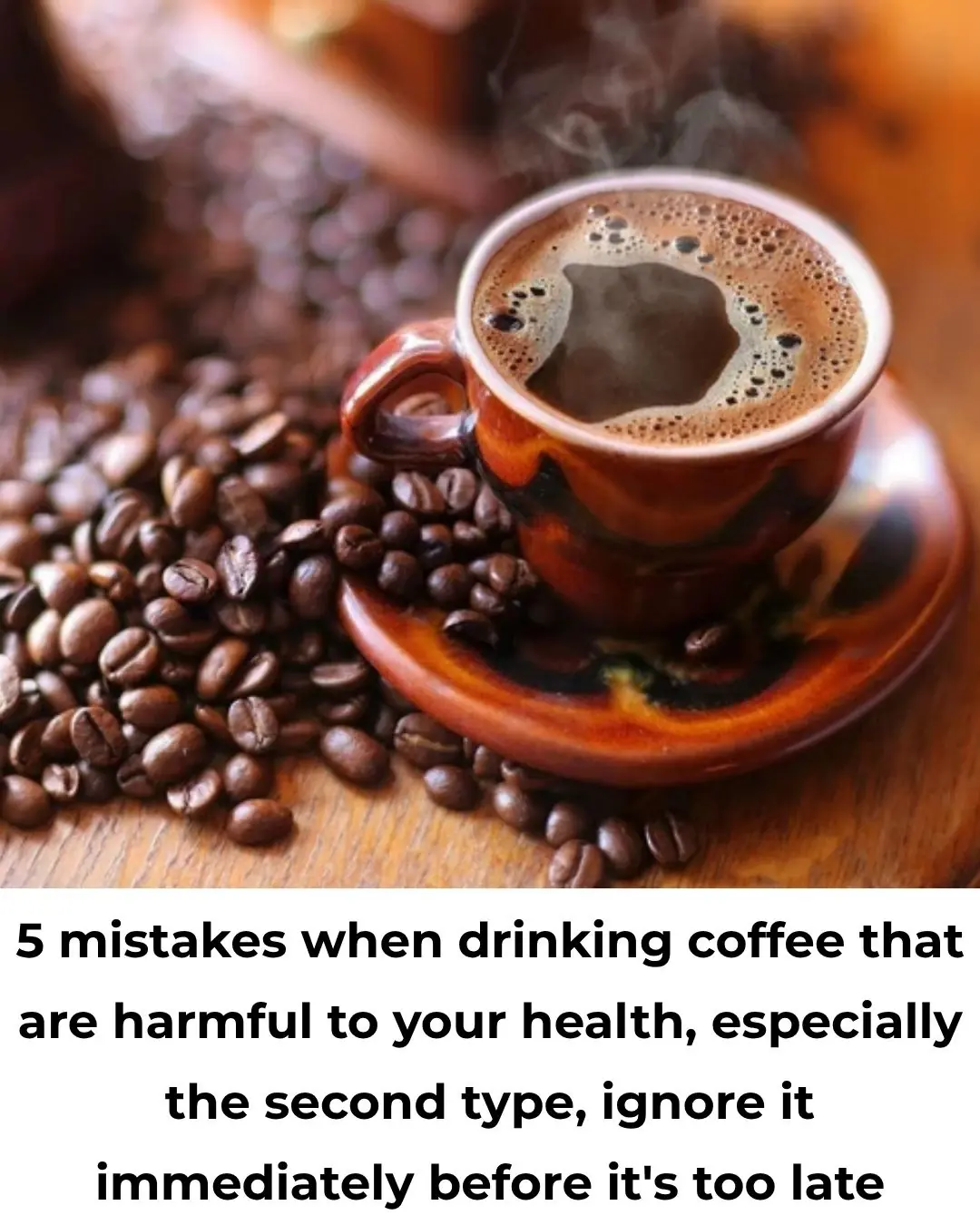
5 common coffee mistakes that can harm your health — and safer, evidence-based fixes
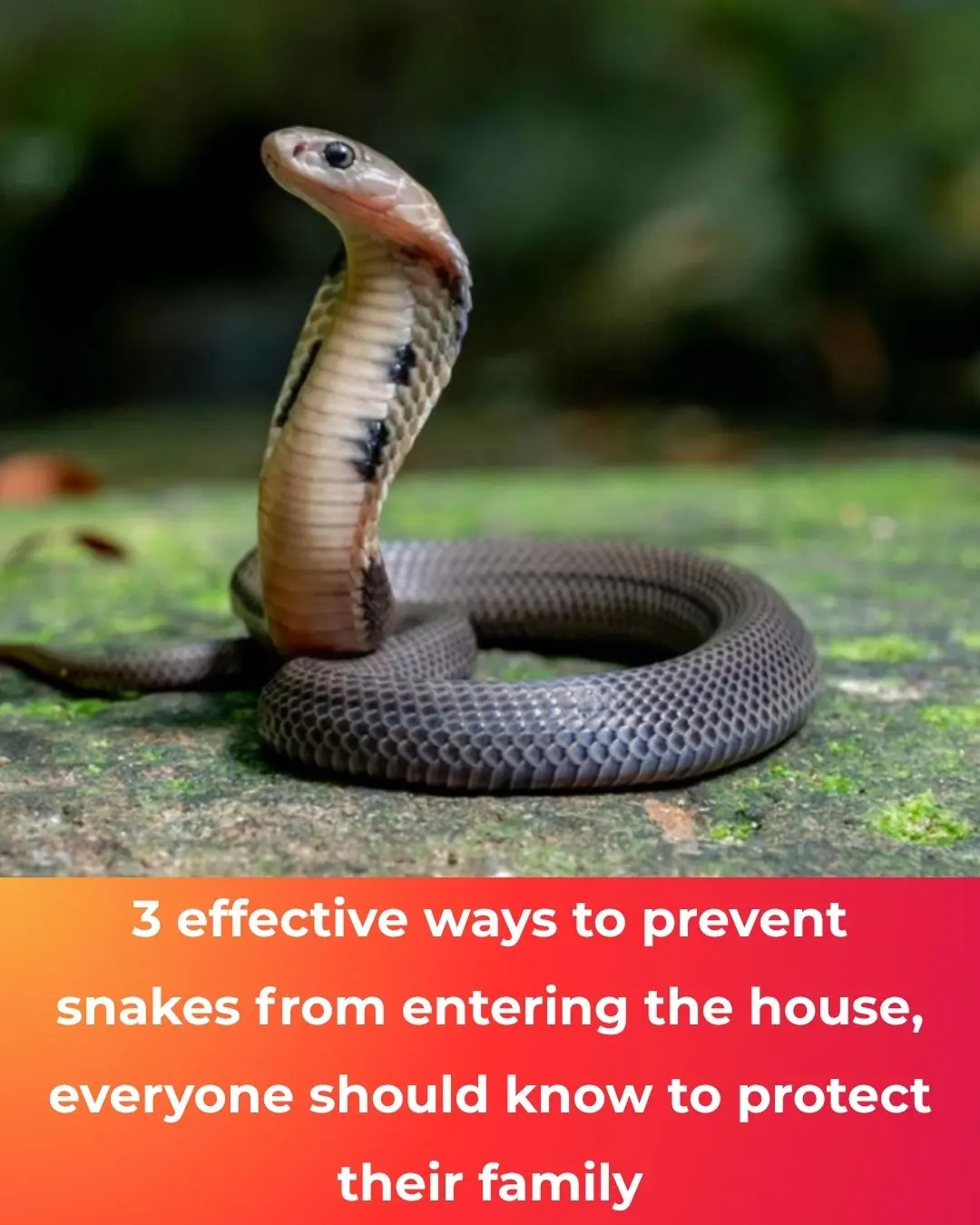
3 practical ways to stop snakes from getting into your home — plus safer alternatives and what not to do

Robin Williams' daughter issues desperate plea to fans after receiving 'disgusting' AI videos of her dad

Reason why Donald Trump had 'no chance' at winning' Nobel Prize despite his claims 'he deserved it'

Emmerdale fans 'work out' what's really wrong with Moira Dingle after collapse

McFly star Harry Judd's wife Izzy opens up on their child's difficult health condition

Bill Belichick trying to ‘find the leak’ with reports of UNC dysfunction spreading

Mike Francesa misses Yankees watch party for ‘emergency’ surgery

Taylor Swift’s floral ‘Late Night With Seth Meyers’ outfit is covered in Easter eggs

Selena Gomez’s kidney donor, Francia Raisa, addresses wedding snub and feud rumors

‘Shuts TF Up’: Scott Jennings’ Unhinged Back and Forth with Abby Phillip Takes a Turn When Van Lathan Begins to Speak

Melissa Koby Becomes First Black Woman to Create Official U.S. Open Artwork, Honors Althea Gibson for 75th Anniversary

Joy-Ann Reid Returns to the Mic With New Podcast “The Joy Reid Show”

Kamala Harris Makes Surprise Appearance at Compton High Graduation After Chance Encounter With Student
News Post

Growing Wildflowers: A Mother’s Journey Through the Chaos

The Baby in Princess Diana’s Arms

A Lifetime in Bloom: Lois Shows Us What Passion Truly Grows

Farewell to a Giant Soul: Vatsala the Elephant Passes at 100
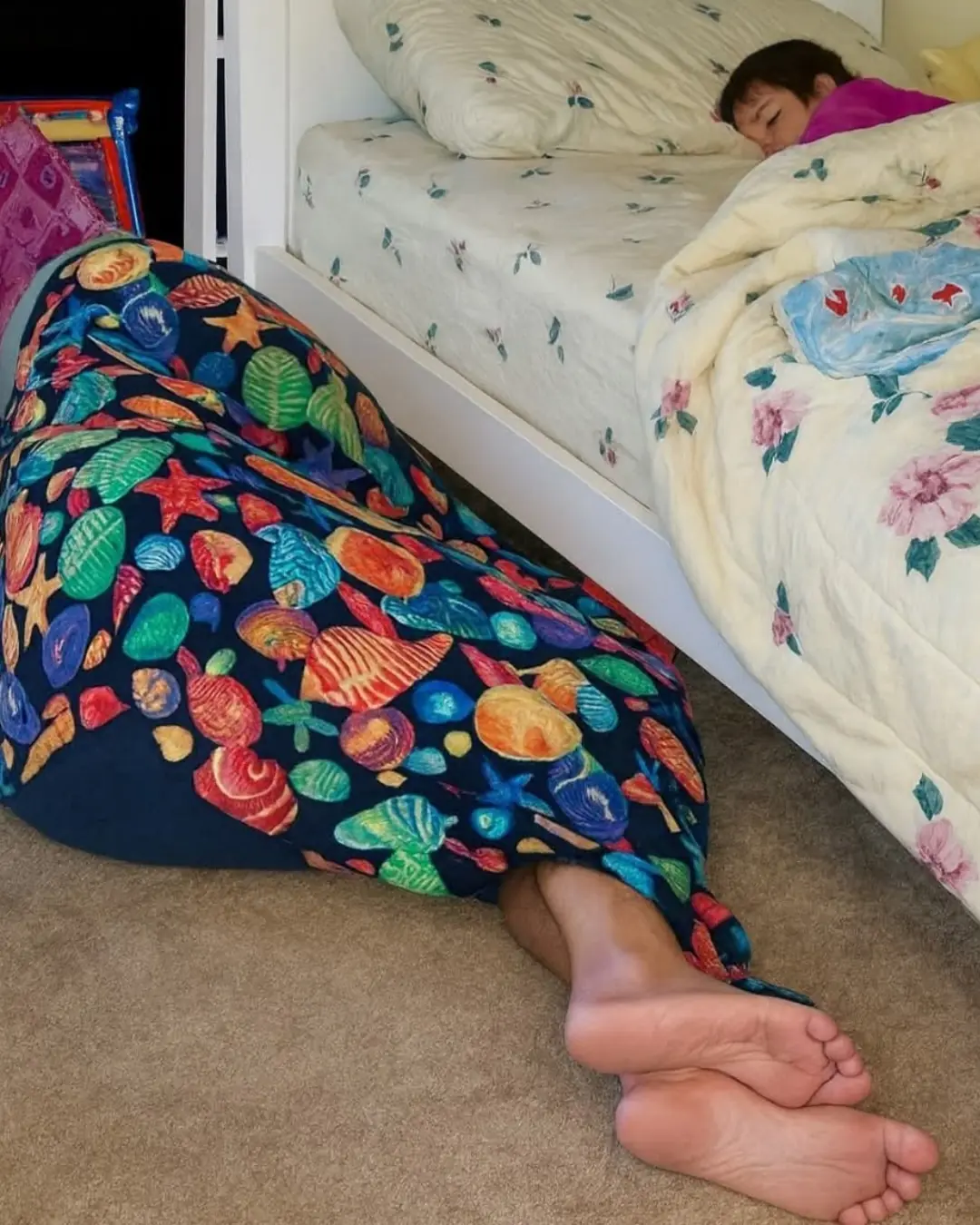
Keeping the Monsters Away: The Quiet Heroism of Foster Parents

From Sidewalk to Forever: A Daughter’s Choice That Changed Everything
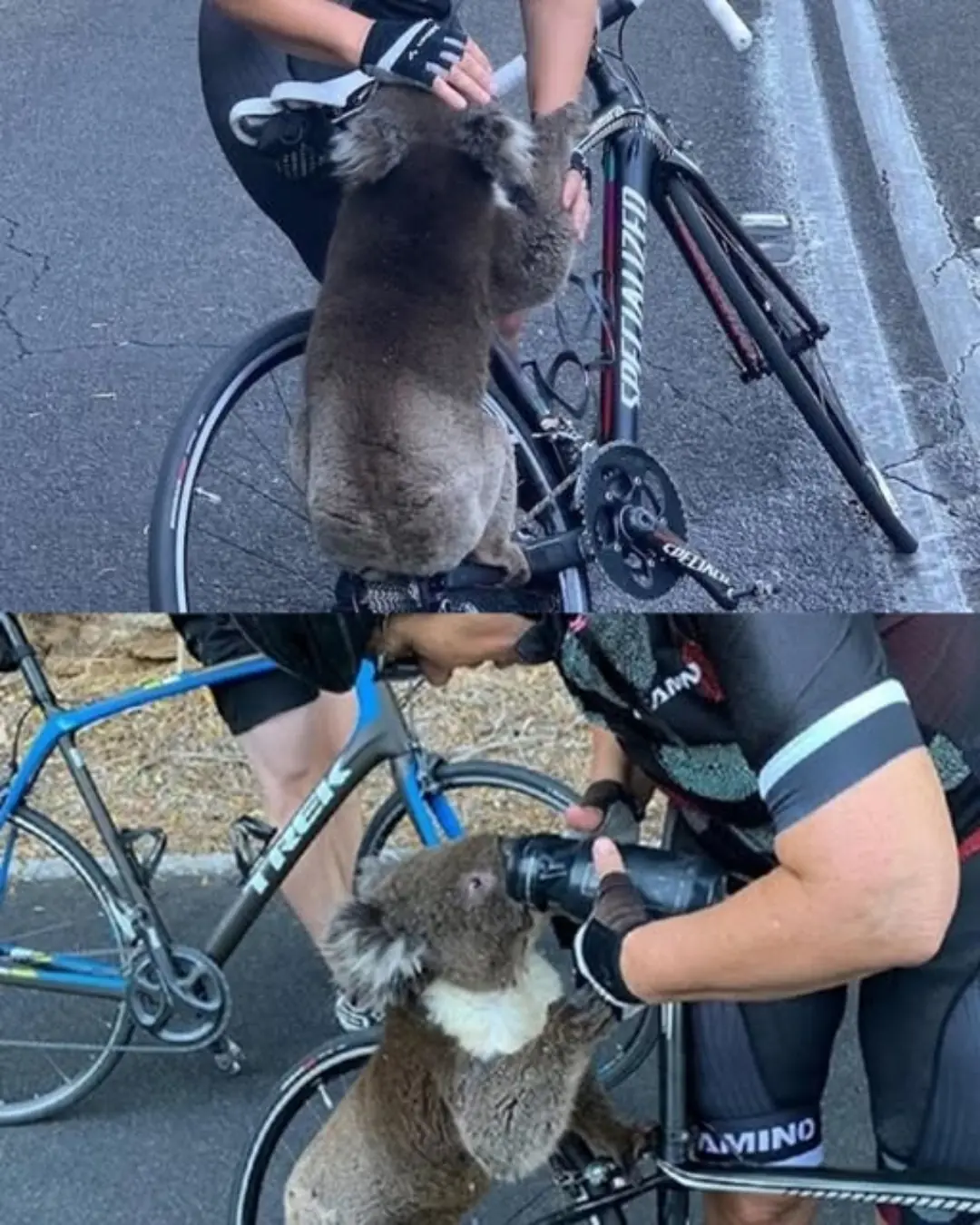
A Thirst for Life: Cyclists Halt Ride to Save Parched Koala in Australia’s Heatwave

An Actor’s Greatest Role: Morgan Freeman Becomes a Guardian of Strays

When a Celebration Became a Goodbye: A Daughter’s Farewell to Her Faithful Companion
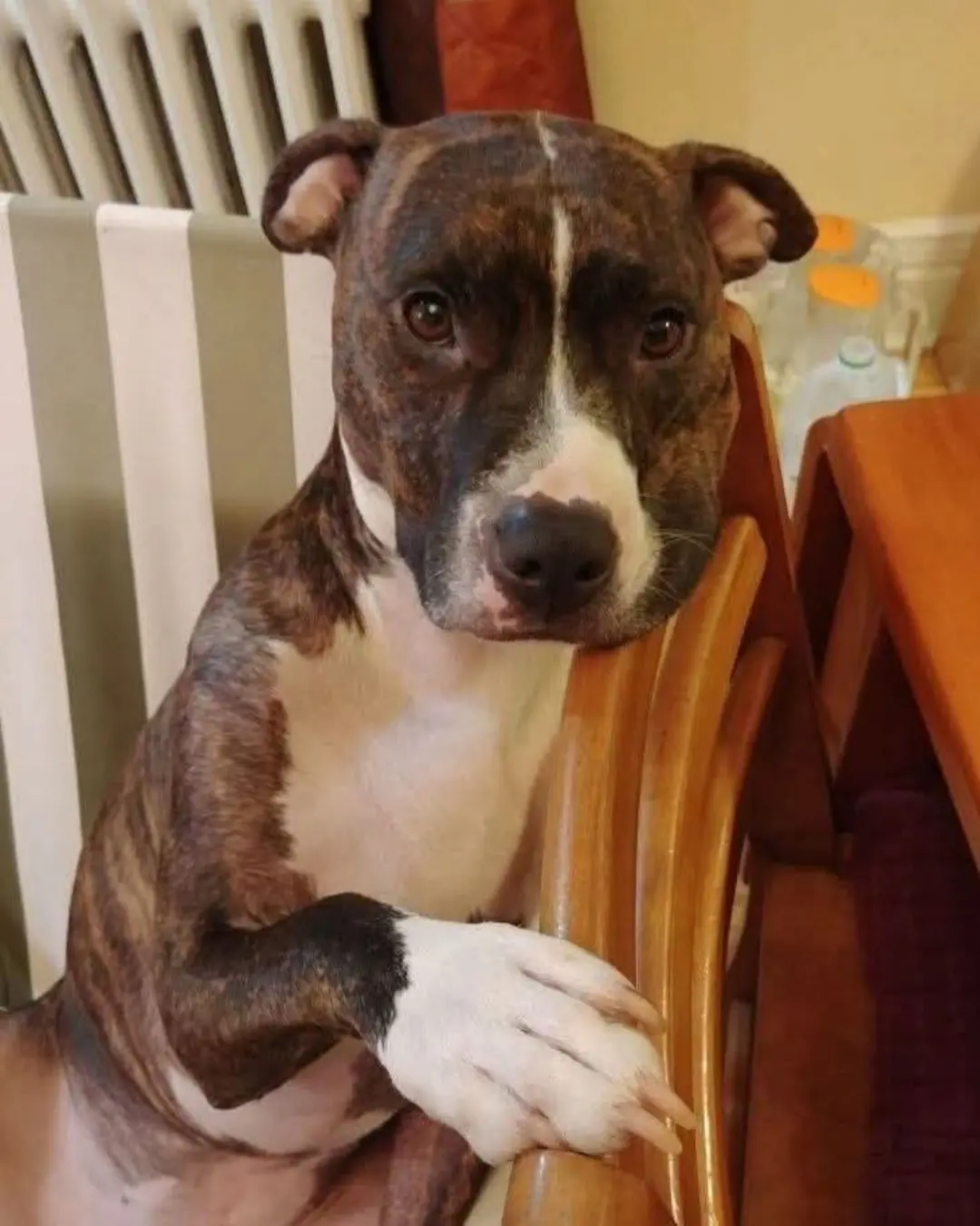
Bella the Hero: How a Pit Bull’s Loyalty Saved a Life
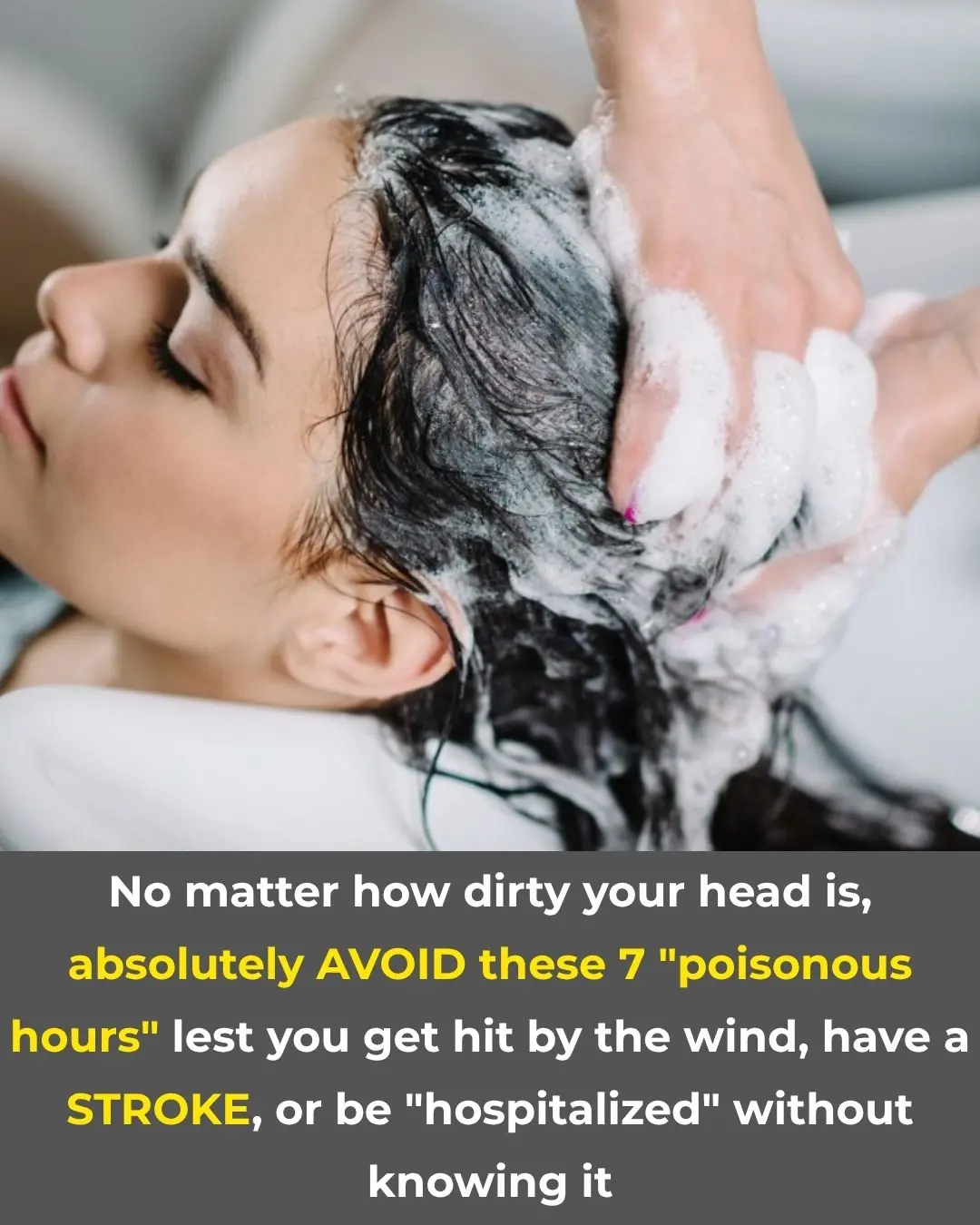
No Matter How Dirty You Are, Absolutely AVOID These 7 “Dangerous Hours” When Washing Your Hair to Prevent Stroke, Sudden Illness, or Hospitalization Without Warning

3 Common Mistakes When Using Plastic Wrap That Can Cause Cancer and Are Often Made by Many People

A Kiss from Joy: The Language of Love Between Elephants and Humans
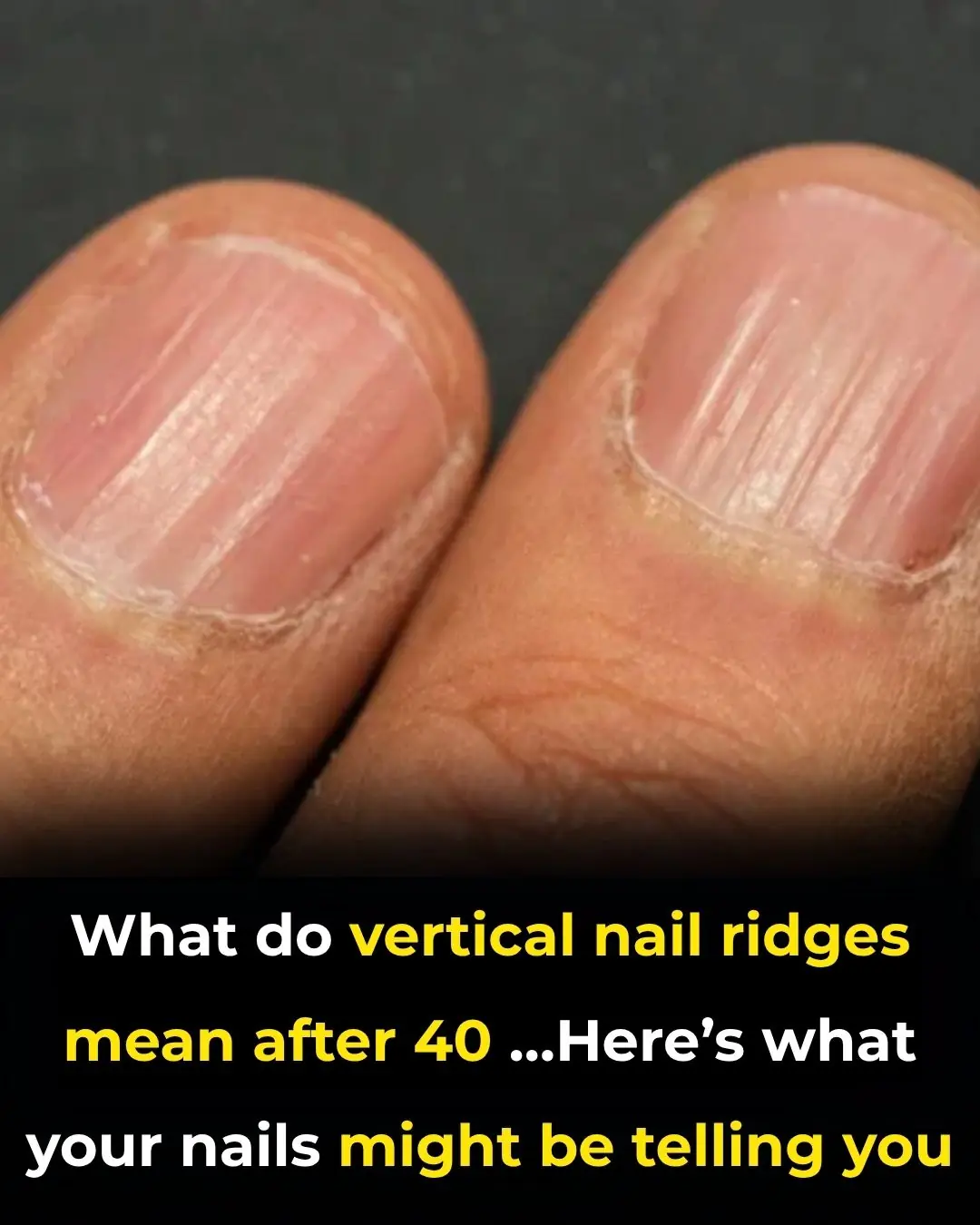
What Do Vertical Nail Ridges Mean After 40

A Brave Fight for Life: Kuba’s Battle Against Ewing’s Sarcoma
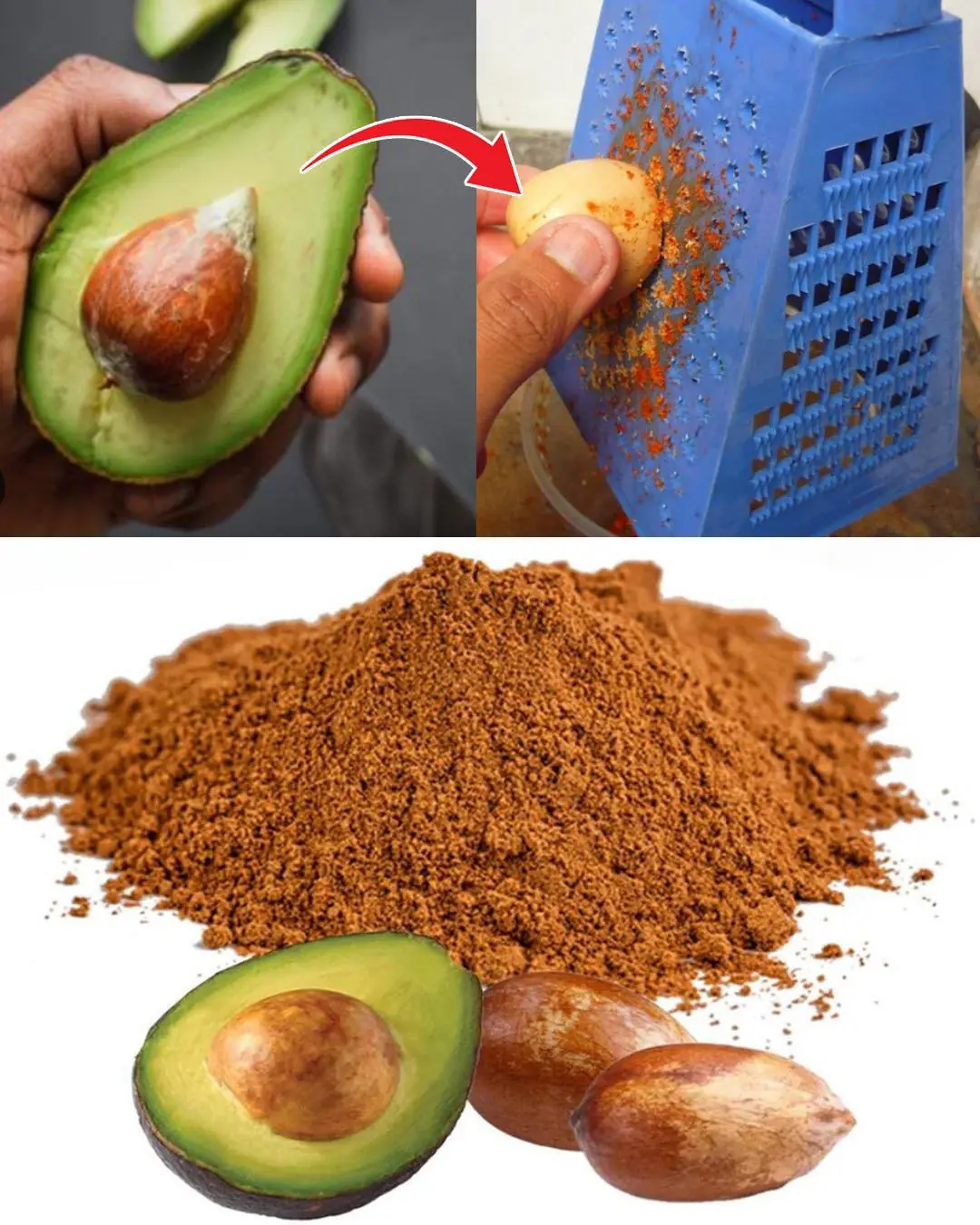
Avocado Seeds Benefits: 7 Reasons to use them
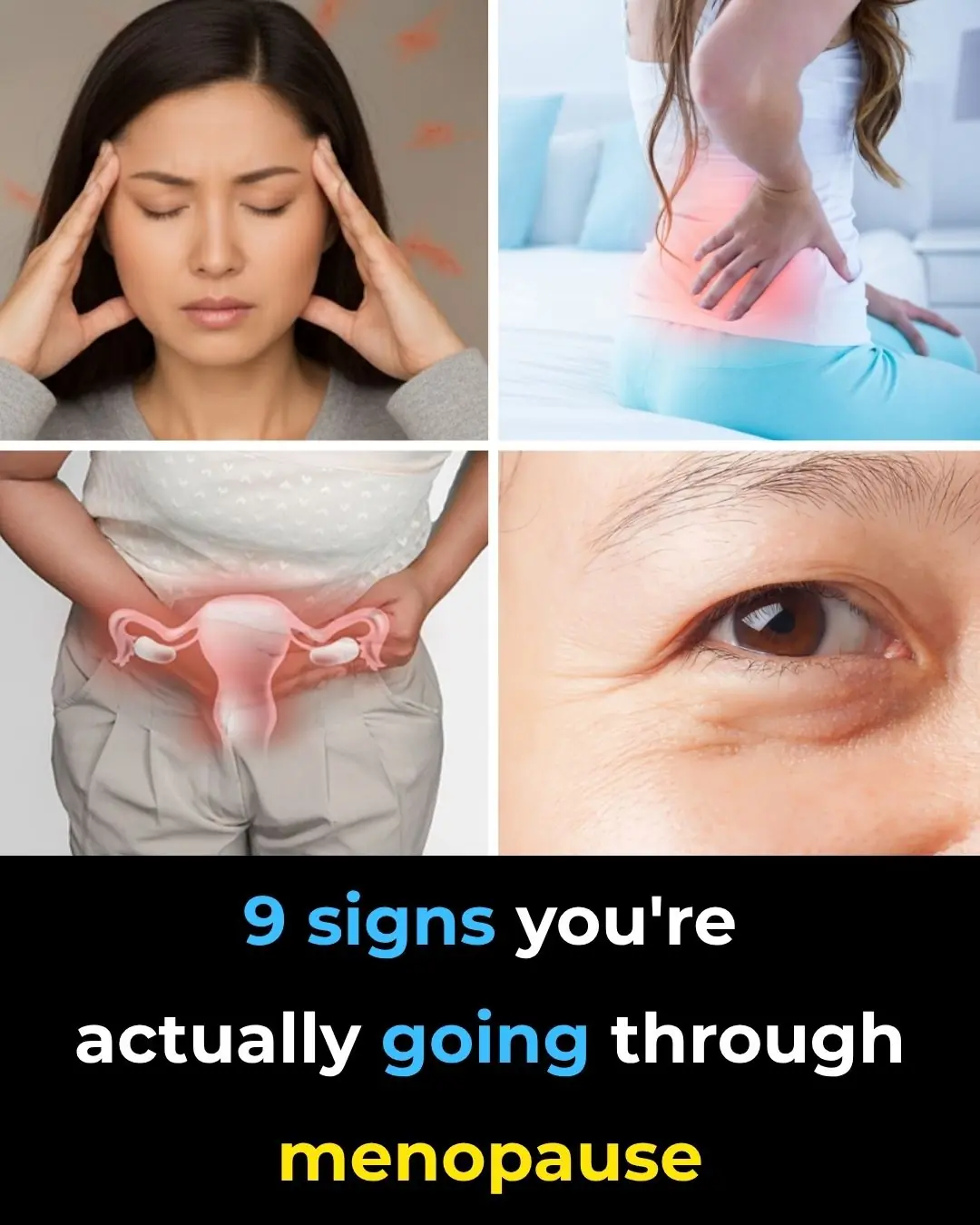
9 Signs You’re Actually Going Through Menopause (Even If You Didn’t Realize It)
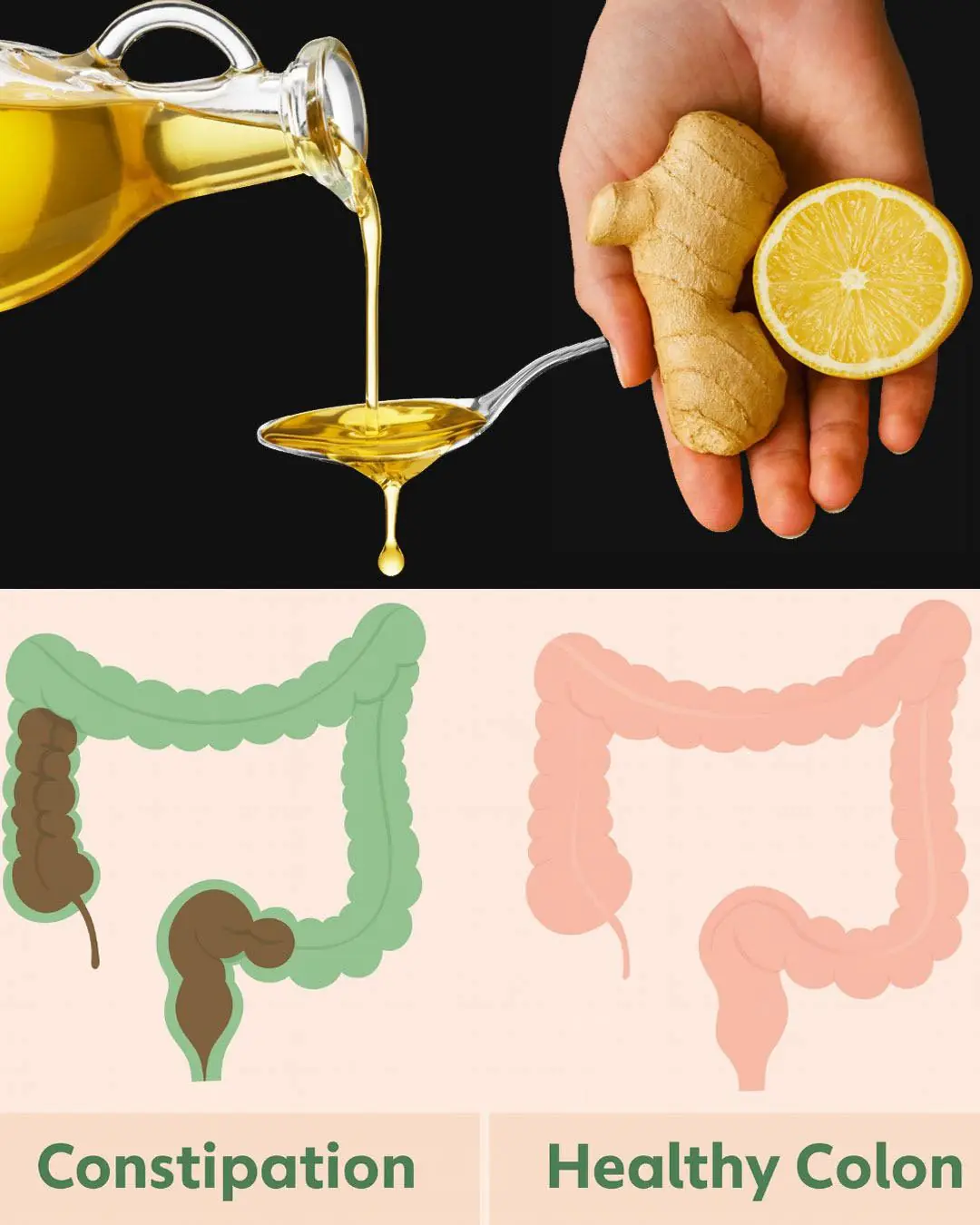
Morning Detox Elixir: Olive Oil, Lemon & Ginger – The Natural Cleanse You Need Daily

Nine Children in Dawsonville Get the Gift of a Bed, Comfort, and Peaceful Sleep
